What a thrill to learn more about the history behind the history with the fabulous author, educator and historian, Allison Paterson on weaving fact, fiction and personal ancestry into her writing. Be inspired by this great interview!
Congratulations on the release of your latest novel, ‘Follow After Me’!
Following the successes of your previous non-fiction titles, including Anzac Sons and Australia Remembers, how challenging was it to alter your mindset to write a fictional tale? Was the inspiration of the true stories enough to lead you through the writing process?
 Follow After Me developed from the early writing of my adult title Anzac Sons, which is based on a collection of over five hundred letters my grandfather and his four brothers sent from the Western Front. In the creation of Anzac Sons there were moments of serendipity that could not be included in a work of factual content. Writing Follow After Me allowed me to tell some of those stories, the moments with no explanation, of which, in fiction, I had the freedom to bend and conform to the narrative, weaving the ‘reading between the lines’ and the stories people told me after Anzac Sons was published. The story of the past, in part, already existed!
Follow After Me developed from the early writing of my adult title Anzac Sons, which is based on a collection of over five hundred letters my grandfather and his four brothers sent from the Western Front. In the creation of Anzac Sons there were moments of serendipity that could not be included in a work of factual content. Writing Follow After Me allowed me to tell some of those stories, the moments with no explanation, of which, in fiction, I had the freedom to bend and conform to the narrative, weaving the ‘reading between the lines’ and the stories people told me after Anzac Sons was published. The story of the past, in part, already existed!
The narratives of Evie and Sarah had to be imagined but are based on oral accounts, wartime events and social attitudes of the time. We often dissect the past in very general terms but not so much at a personal level for the people who experience the events and issues. There are many questions that I had and wanted to explore. How did the war impact their personal lives? How did religious differences display themselves in a small town? How do the behaviour and attitudes of others influence personal behaviour and decisions?
The themes of young love, self-esteem, gender equality and narcissistic behaviour are explored across the time span of a century in parallel narratives. Ultimately, I wanted to convey how people of the past and today can have similar personal issues and emotions that may manifest themselves in different ways but can have parallels. The modern voices were the most challenging to write and I’ll confess to staring at the screen, typing and deleting, over and over! I chose to write what I know, growing up on a farm, experiencing drought, playing netball, visiting Canberra as a student, a teacher and as a writer.
And as such, how did you manage the plotting of the parallel narratives? Were each planned separately or simultaneously?
 I’m a planner and had a timeline of interwoven events and characters on my wall. I knew how I wanted both narratives to begin and end. I knew right from the beginning what Evie’s story was going to be as it was a combination of experiences that really did happen, but with some additions to build more tension. Lizzie’s story was created to mirror that of Evie’s in the modern context. While in 1918 the war is a source of conflict for the Windridge family, in 2018 the conflict for the family is the drought and the threat of foreclosure looming over the farm. The personal challenges and growth Lizzie experiences in 2018 needed to mirror that of Evie’s, so those unfolded around the story of the past. But at the same time when random ideas appeared, I would write a scene and fit it within the narrative. I was still reorganising scenes and chapters until just prior to the edit.
I’m a planner and had a timeline of interwoven events and characters on my wall. I knew how I wanted both narratives to begin and end. I knew right from the beginning what Evie’s story was going to be as it was a combination of experiences that really did happen, but with some additions to build more tension. Lizzie’s story was created to mirror that of Evie’s in the modern context. While in 1918 the war is a source of conflict for the Windridge family, in 2018 the conflict for the family is the drought and the threat of foreclosure looming over the farm. The personal challenges and growth Lizzie experiences in 2018 needed to mirror that of Evie’s, so those unfolded around the story of the past. But at the same time when random ideas appeared, I would write a scene and fit it within the narrative. I was still reorganising scenes and chapters until just prior to the edit.
Your two protagonists, Lizzie and Evie are both strong women navigating their own challenges in different centuries. Where did you draw these characters from? Are they personalities of fact or fiction? Which one do you think you relate to the most?
Evie’s character is a combination of my grandmother Eva, and the youngest brother’s girlfriend, whose name was Myrtle. When Albert departed Australia, he gave Myrtle a watch which her family still have. Despite being repaired on several occasions, the watch refused to keep time. Eva was a neighbour who helped the boy’s mother on laundry day, sent cakes and letters to the brothers, and forged a friendship with my grandfather Allan. That relationship turned to love on his return. My grandmother and I would chat for hours about what life was like in the past. I credit her with my love of history!
My life has similarities to that of Lizzie. The property I grew up on was purchased by my ancestors in the nineteenth century. I recall the hardship of drought and both its wide-reaching and personal impact. I worked with my two sisters to help our parents in the shearing shed during the spring school holidays, but that was decades ago! Lizzie’s modern voice comes from my own children while her story is completely fictional.
To be truthful the character I most relate to is the voice we hear in the opening chapters, that of Sarah, the mother of the men who went to war. Her voice falls silent, but her presence is always there, and in some ways her voice is too. We hear from her again in the final stages. When I wrote Anzac Sons my children were similar ages to the brothers while they were serving. I felt I owed it to Sarah to tell her story and have her voice be heard.


Sarah Marlow & Albert outside her home | Allison Marlow Paterson and son outside the home
If you could choose an era to live through as a young woman, 1916 or 2018, which would you choose and why?
Awesome question … can I pick another time period?
Both 1916 and 2018 have their challenges, but if I had to choose, I’d prefer to be a young woman of today growing up in Australia. Our standard of life, health and communication is vastly improved. I guess some might argue the point on that! I understand that social pressures are massive, but what a different world it would be if we stopped comparing ourselves to others. The choices we have as women are far greater today and certainly didn’t exist in 1916. Imagine the constant threat of war, and the waiting for news about family and friends as well. Yep, I’ll go with 2018.
What main premise do you want readers to take away from ‘Follow After Me’?
A main premise is hard to define as there are several! I hope that the themes of self-esteem and personal growth inspire readers to reflect on choices, decisions in life that can easily be influenced by others, that insidious forms of peer pressure can be overcome by digging deep into our own values. Recognition of the healing power of family, sense of place and belonging are also key themes that I hope will resonate with the reader. Ultimately, I hope that it inspires, informs and connects the reader with their past. In a nutshell – look to the past and be inspired by the strengths and actions of others, then go ahead and forge your own path.
What can you share from your most recent workshop events discussing family history writing for other writers wanting to pursue this path?
Research! Truly immerse yourself in the period with non-fiction and fiction books, movies, maps, Trove, the National Archives and museums. Recreate the world in your mind and stay true to the facts. Ground your writing in the period with historical objects that existed and events that were occurring about the characters. I encourage workshop participants to write about what they know, or what inspires them, a time period that resonates. Defining your audience and thinking about family history beyond the square are also important messages. Will it be biographical, or can our family history be the basis of a great fiction book?
Your fans will no doubt be anticipating your new releases! Please tell us about your upcoming projects.
I’ve stepped out of fiction for a little while and I’m back into book two of the Australia Remembers series to be released in March, 2020. This time we’re looking at Customs and Traditions of the Australian Defence Force. The draft is done, and we are now into the design. I’ve got some thoughts for telling another story but I think those thoughts need some time to age …
Looking forward to seeing book two! Thank you for your brilliant responses, Allison! 😊

#followafterme #bookcampaign #authorinterview #australianwarhistory
Allison Paterson: website | facebook | instagram
Follow After Me: Big Sky Publishing
#WIN an Intriguing Piece of History Woven into Fiction!
Click here to enter. Ends Anzac Day April 25.

Allison Paterson and Follow After Me have also appeared at the following channels…

Subscribe at Books On Tour PR & Marketing to stay in the loop.






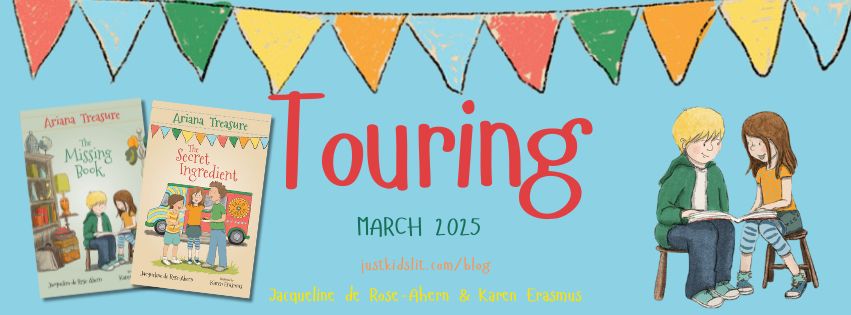
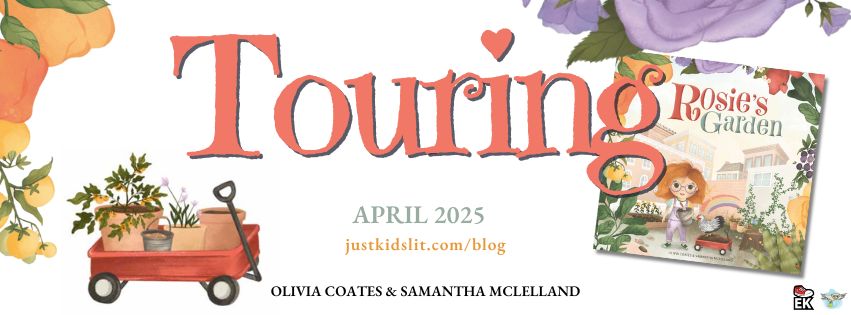
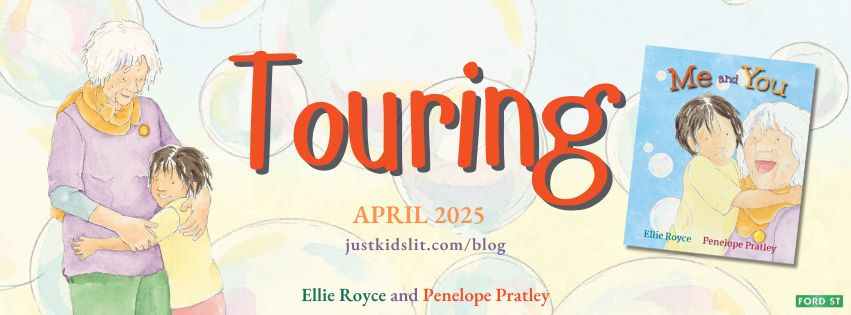
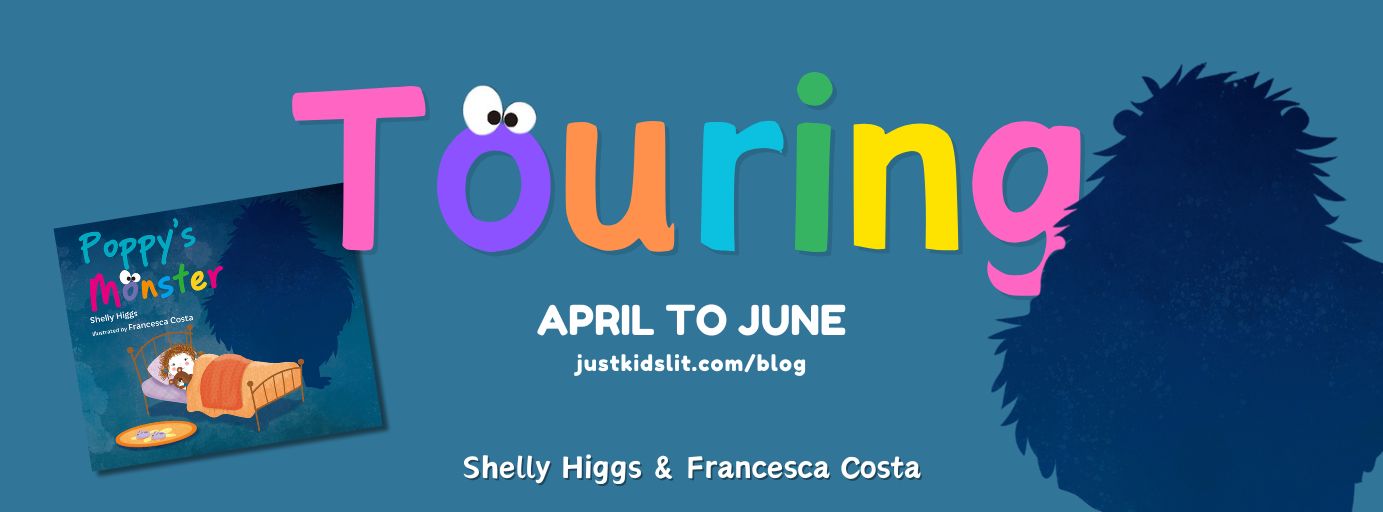
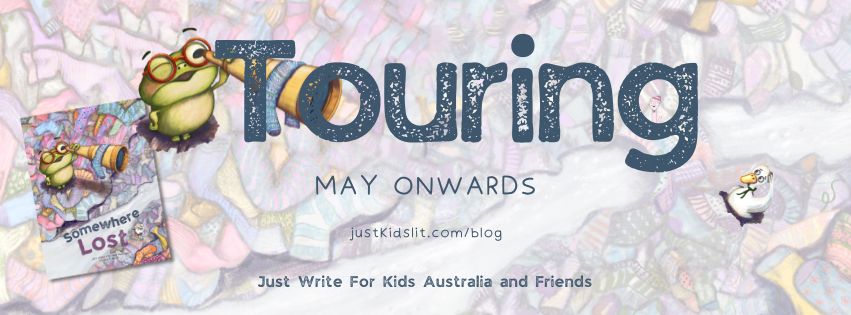





One thought to “Unfolding the Story of the Past – Interview with Allison Paterson”
Pingback: Book Review: Follow After Me by Allison Marlow Paterson -